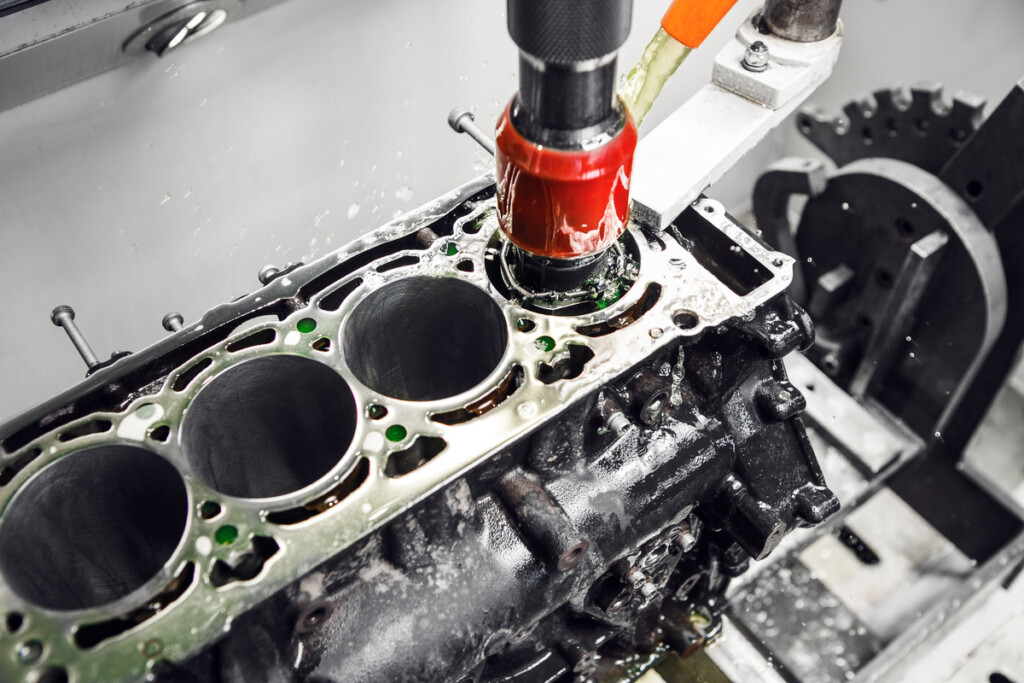The automotive industry is a fast-paced sector where precision and efficiency are paramount for innovation. Behind the complexities of modern vehicles lies CNC (computer numerical control) machining.
This revolutionary technology has become the backbone of automotive manufacturing, providing unmatched accuracy, customization, and cost efficiency. Explore the uses of CNC machining in the automotive industry and how it continues to shape the future of vehicle production.
1. Precision Parts: How CNC Machining Elevates Auto Components
Precision is non-negotiable for manufacturing high-performance vehicles. Automakers use CNC machining to produce components, from engine pistons and cylinders to suspension parts, with exceptional accuracy so that every detail meets the project specifications.
CNC machining also eliminates human error, achieving tolerances as tight as ±0.01mm. For example, aerospace-inspired engine manufacturers use CNC machining to create high-pressure fuel injection systems. This tech not only ensures optimal engine performance but also supports compliance with the strict safety standards of the automotive industry. By integrating CNC technology, manufacturers can produce high-quality components that maximize vehicle efficiency and reliability.
2. Customization and Prototyping: Rapid Development With CNC
The demand for customization and fast innovation cycles in the automotive market is higher than ever, and CNC machining is pivotal for meeting these needs. Automakers can customize prototypes and test designs under real-world conditions. Prototyping is a critical phase in the automotive design process because manufacturers can fine-tune functionality and safety.
Electric vehicle (EV) manufacturers use precision machining to produce custom battery mounts and lightweight chassis prototypes, which optimize vehicle range and performance. CNC is compatible with CAD software, so iterative design is seamless and manufacturers can bring products to market faster than with traditional prototyping methods.
3. Efficiency and Cost Savings: The Business Case for CNC Machining
One of the key advantages of CNC machining is its ability to reduce production costs while improving efficiency. CNC machines operate with minimal downtime and can run continuously, resulting in higher productivity. Advanced machines can handle multiple operations, such as cutting, milling, and drilling, in a single setup, which streamlines workflows and reduces the time required to complete complex parts.
Cost savings extend beyond labor—CNC machining minimizes material waste through precise cutting capabilities. For example, aerospace-grade aluminum in modern automotive bodies may be expensive. With CNC machining, automakers can maximize yields from raw sheets or blocks. The technology is economically and environmentally sustainable for manufacturers.
CNC machining has many uses in the automotive industry and bridges innovation and production efficiency. Adopting CNC machining is the key to fueling industry progress. Take this opportunity to explore how these advancements could enhance your next project.
